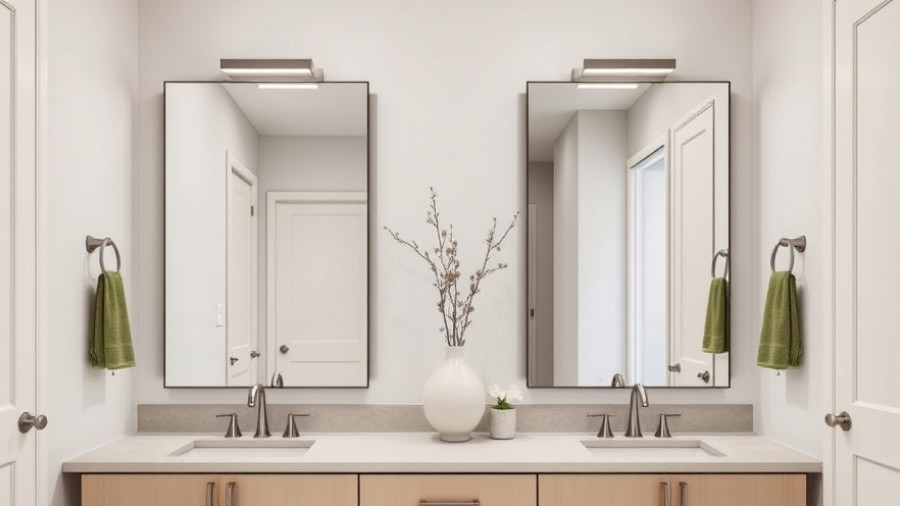
Wet Bar vs. Dry Bar: Which One Enhances Your Kitchen?
As homeowners embark on kitchen remodels, the decision between adding a wet bar or a dry bar often arises. Each option offers unique benefits, and understanding these can help homeowners make informed choices tailored to their lifestyles.
The Allure of Wet Bars
A wet bar typically includes a sink, running water, and sometimes even a small refrigerator or ice maker. This setup is ideal for entertaining. For instance, homeowners who enjoy hosting gatherings can quickly serve beverages without running back and forth to the kitchen.
Another significant advantage of a wet bar is its functionality. It provides convenience for mixing drinks or washing glasses without the need to interrupt the flow of conversation in a social setting. Many homeowners appreciate features like integrated storage for alcohol, glassware, and bar tools, contributing to a seamless entertaining experience.
Dry Bars: A Stylish Alternative
On the other hand, a dry bar lacks plumbing but can still serve as a beautiful focal point in the kitchen. A dry bar often emphasizes aesthetics, featuring cabinetry, decorative shelving, and a dedicated area to showcase spirits and glassware without being over the top. This option can be less expensive than a wet bar, making it appealing for those on a tighter budget.
Moreover, dry bars can function effectively when space is limited. They can be customized to fit smaller areas, ensuring that homeowners can still celebrate their love for entertaining without compromising valuable kitchen real estate.
Which Fits Your Lifestyle?
Ultimately, homeowners should consider how they will use their kitchen space. If social gatherings with homemade cocktails are a regular occurrence, investing in a wet bar might be a perfect fit. Meanwhile, those who prefer a simple place to pour drinks without all the additional features might find a dry bar more in line with their lifestyle.
Installing Considerations for Both Options
When deciding between a wet or dry bar, it's essential to consider the installation process and costs. Wet bars require plumbing, which adds to the complexity and expense of the remodel. Homeowners should also evaluate their space—wet bars typically need access to water and drainage, which can limit placement options.
In contrast, dry bars are often easier and quicker to install. Homeowners can focus more on design aesthetics, allowing for creative expression without being confined by plumbing requirements.
Conclusion: Make Your Kitchen Shine
Whether you opt for a wet or dry bar, both can significantly enhance your kitchen’s functionality and style. Consider your lifestyle, budget, and space before making your final decision. A well-planned bar area can elevate your home and create a perfect environment for entertainment.
If you’re ready to take the plunge and add a bar area that reflects your personality and meets your hosting needs, explore local renovation experts who can guide you through the process.
 Add Row
Add Row  Add
Add 




Write A Comment